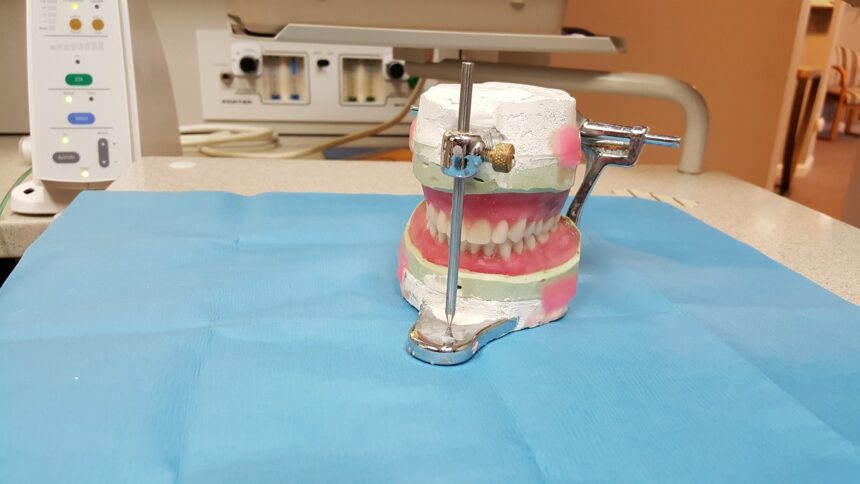There are a lot of things that you need to take into consideration when you are trying to run a dental clinic. One of the most important things to keep in mind is that you need to make dental costs as affordable as possible. This helps make dental care more accessible, which ensures patients have better oral health.
There are a lot of ways to help keep costs down for your patients. One option is to use the right payment processing solutions. These can reduce delinquent payments, which keeps you from having to raise prices for other patients to compensate for those that don’t pay. They also lower administrative costs, which also helps keep dental costs down. This in turn makes it easier for patients on tight budgets to get good dental care.
Selecting a payment processing system for your dental clinic can greatly impact your daily operations. With numerous options available, determining the perfect fit can be overwhelming. The correct system, like Nada Payments, will streamline transactions, enhance patient satisfaction and ensure compliance with regulations. Here are some key factors to consider when selecting a payment processing system for your dental clinic.
Understanding the Needs of Your Clinic
The initial step in choosing a payment processing system is to understand your clinic’s unique requirements. Assess your patients’ payment preferences—do they prefer credit cards, debit cards, or e-checks? Evaluate the types and volume of transactions you handle regularly. Recognizing these patterns helps narrow down suitable systems. This is one of the most important things you need to do when modernizing your dental practice. Additionally, identify any integration needs with your current practice management software to ensure a seamless transition.
It’s also crucial to consider your clinic’s growth plans when selecting a payment processing system. As your practice expands, you may need a system that can scale with you, accommodating increasing transaction volumes and additional payment options. A system that offers flexibility and room for growth will save you from the hassle of switching providers down the line.
Key Features to Consider
Certain features are essential when selecting a payment processing system. Compliance with healthcare regulations is critical. Ensure the system meets HIPAA standards for patient data and PCI-DSS standards for secure transactions. Automatic fee adjustments for debit card transactions, like those offered by Nadapayments, can also be beneficial.
A user-friendly interface is important. Your staff should use the system efficiently with minimal training to avoid errors and slowdowns. Ensure the provider offers strong customer support to assist with any issues. A dependable provider will offer timely support when needed.
Another essential feature to look for is detailed reporting and analytics. A payment processing system that provides comprehensive transaction reports and insights can help you better understand your clinic’s financial health. This data can assist in identifying trends, making informed business decisions and streamlining your accounting processes.
Cost Considerations
Cost is a significant factor in choosing a payment processing system. Transparent fee structures help avoid unexpected charges. Compare flat-rate pricing with interchange-plus pricing to determine the most cost-effective option for your clinic. Be aware of any hidden fees or additional charges. Some providers offer free credit card processing, which can reduce costs. Weigh these options carefully to get the best value.
When evaluating costs, don’t forget to factor in any necessary hardware investments. Some payment processing systems may require specific terminals or equipment. Consider the upfront costs of these devices and any ongoing maintenance or upgrade expenses. Opting for a system that works with your existing hardware can help minimize additional outlays.
Enhancing Patient Experience
A versatile payment processing system can improve the patient experience. Offering various payment options—credit cards, debit cards, e-checks and mobile payments—makes payments more convenient. Consider integrating virtual terminals for remote invoicing and payments, especially for follow-ups or consultations.
Offering flexible payment plans or financing options can make treatments more accessible to patients lacking immediate funds. These enhancements can boost patient satisfaction and loyalty.
Implementing a payment processing system that prioritizes data security can also boost patient confidence. Patients are more likely to trust a clinic that takes steps to protect their sensitive financial information. Choosing a system with robust security measures and communicating these safeguards to your patients can foster trust and loyalty.
Evaluating the Provider
When selecting a payment processing system, assess the provider’s reputation and reliability. Look for reviews from other dental clinics to understand their experiences. Reliable transaction processing is essential since downtime can disrupt operations.
Consider the provider’s experience in the healthcare industry. A provider familiar with the unique challenges and regulations faced by dental clinics will offer better solutions and support. This expertise is critical for smooth implementation and ongoing system support.
Making the Final Decision
To ensure you choose wisely, take advantage of trial periods or demos offered by the payment processing systems under consideration. Interact with customer support during the trial to gauge the quality of service. Gather feedback from your staff and patients who use the system during the trial phase. This will provide a comprehensive understanding of the system’s performance.
By following these guidelines, you can confidently choose a payment processing system that meets your clinic’s needs, improves patient experience and simplifies operations. This careful approach ensures compliance and efficiency, allowing you to focus more on delivering quality dental care.

